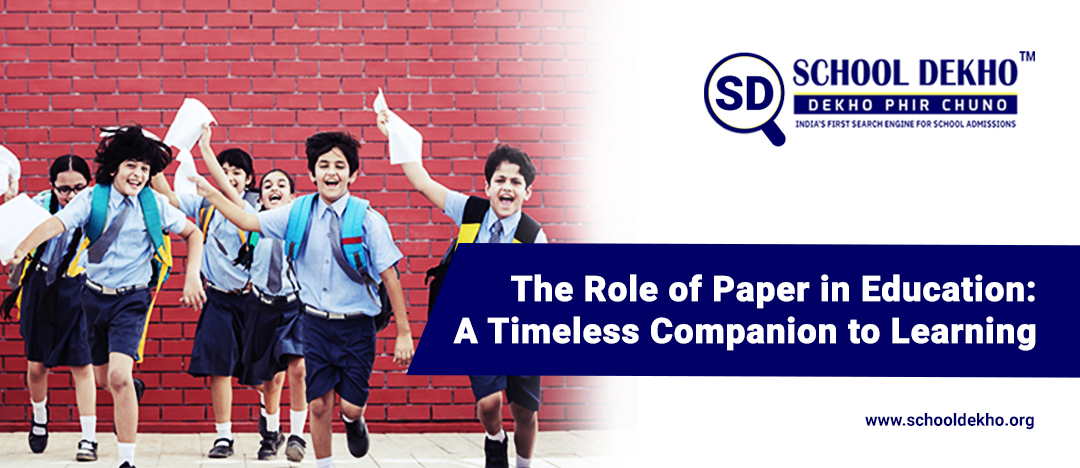
The Role of Paper in Education: A Timeless Companion to Learning
In today's digital age, where tablets, laptops, and e-books have become increasingly prevalent in educational settings, it's easy to overlook the enduring significance of paper in education. For centuries, paper has played a pivotal role in the teaching and learning process.
In this blog, we delve into the vital role that paper continues to play in education, even in a world dominated by technology.
1. A Foundation for Literacy
Paper is often the first medium through which young learners encounter the written word. From alphabet tracing books for preschoolers to lined notebooks for budding writers, the paper serves as a tactile and tangible platform that facilitates the development of literacy skills. The act of holding a pencil and forming letters on paper is an integral part of early education.
2. A Canvas for Creativity
The blank page of a sketchbook or notebook is an open invitation for students to unleash their creativity. Whether they're drawing, doodling, writing stories, or working on mathematical problems, the paper provides an unrestricted space for students to express themselves and explore their imaginative potential.
3. Effective Note-Taking
Studies have shown that taking notes by hand, rather than typing on a digital device, enhances comprehension and retention. The physical act of writing on paper encourages students to process information actively and organize their thoughts. Notebooks and loose-leaf paper remain invaluable tools for capturing and synthesizing classroom content.
4. Enhanced Focus and Reduced Distractions
In an age of constant digital distractions, paper can provide a focused and distraction-free environment for learning. Unlike digital devices, paper doesn't offer notifications, social media distractions, or the temptation to multitask. This helps students concentrate on their studies and absorb information more effectively.
5. Accessibility for All
While technology can be expensive and inaccessible to some, paper remains affordable and readily available. It doesn't require electricity, internet access, or specialized devices. This accessibility ensures that education remains inclusive and reaches students from all backgrounds and economic circumstances.
6. Unplugged Learning
Paper offers a welcome break from screen time. Students spend a significant portion of their day in front of screens, whether for online classes or entertainment. Using paper materials allows for a healthier balance between screen-based and non-screen-based learning activities.
7. A Record of Progress
The physical presence of paper allows students to track their progress over time. They can flip through their notebooks and see the evolution of their skills, knowledge, and ideas. This sense of tangible achievement can boost motivation and self-esteem.
8. Connection to Tradition and History
Using paper in education connects students to a rich tradition of learning that spans centuries. It links them to the countless scholars, thinkers, and learners who have used paper as a medium for exploration and discovery throughout history.
In conclusion, while technology has revolutionized the way we learn and access information, the role of paper in education remains indispensable. It provides a foundation for literacy, a canvas for creativity, and a focused learning environment. Paper is accessible, inclusive, and an essential tool for students of all ages. Its enduring presence reminds us that in the ever-evolving landscape of education, some traditions continue to hold immeasurable value.
Contact with Us
Call: 1800 - 2588 - 074
Mail: info@schooldekho.org
Student’s Best Education Portal | School Dekho | India's First School Search Engine | Best Schools Near Me | Find Schools Near me | Dekho Phir Chuno
#dekhophirchuno







Leave your thought here
Your email address will not be published. Required fields are marked *